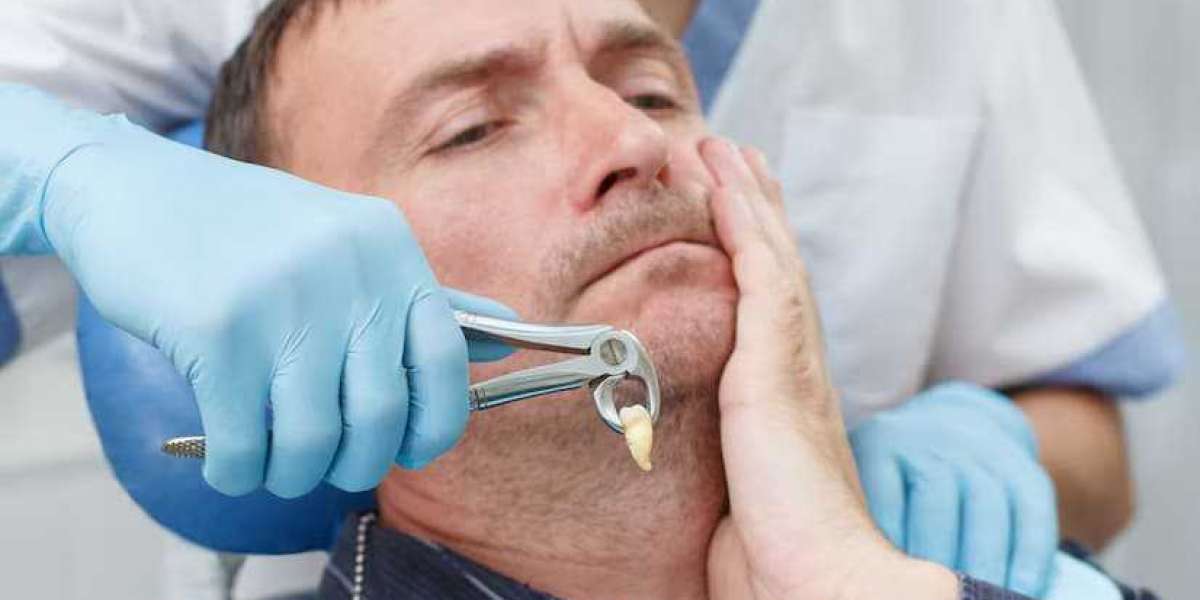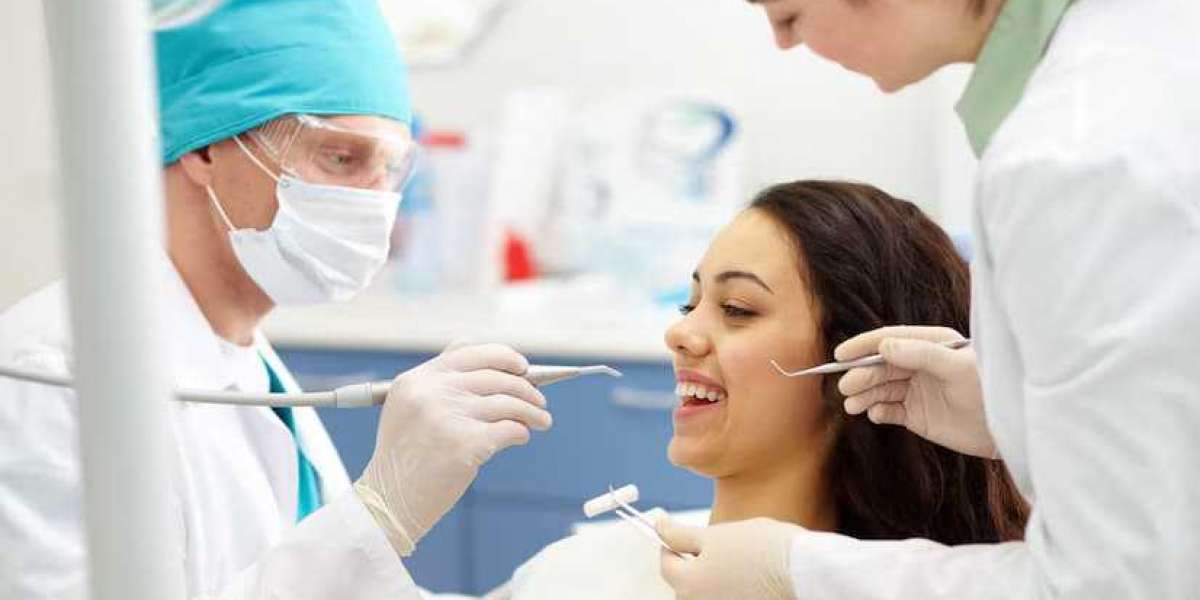Tooth extraction is a common dental procedure that can be necessary for various reasons, such as severe decay, gum disease, overcrowding, or impacted teeth. While the thought of losing a tooth might be daunting, understanding the recovery process can help patients manage their expectations and promote healing. This article outlines the recovery timeline following a tooth extraction and provides valuable tips for a smoother recovery.
Understanding Tooth Extraction
Tooth extraction involves the removal of a tooth from its socket in the jawbone. It can be categorized into two types: simple extractions and surgical extractions. A simple extraction is performed on visible teeth and typically requires local anesthesia, while surgical extractions are more complex, involving teeth that may be broken below the gum line or impacted within the jaw. Regardless of the type, patients can expect some degree of discomfort and a recovery period afterward.
The Recovery Timeline
1. Immediate Post-Extraction (Day 1)
The first 24 hours after a tooth extraction are crucial for recovery. During this time, patients should focus on controlling bleeding and managing pain.
Bleeding Control: After the extraction, it is normal for some bleeding to occur. Dentists typically provide gauze to bite down on, which helps to form a blood clot. Patients should replace the gauze every 30 to 45 minutes until the bleeding subsides.
Pain Management: Patients may experience discomfort or pain at the extraction site. Over-the-counter pain relievers, such as ibuprofen or acetaminophen, can be effective in managing this pain. Following the dentist's recommendations for dosage is essential.
2. First Few Days (Days 2-3)
During the first few days of recovery, patients may continue to experience swelling and discomfort. It is essential to follow specific care guidelines during this period.
Swelling and Bruising: Some swelling is expected and can peak around the second day. Applying an ice pack to the outside of the cheek for 15-20 minutes at a time can help reduce swelling and provide relief.
Dietary Adjustments: Patients should stick to a soft food diet, avoiding hard, crunchy, or hot foods that can irritate the extraction site. Recommended foods include yogurt, applesauce, mashed potatoes, and smoothies.
Oral Hygiene: Maintaining oral hygiene is important, but patients should be cautious not to disturb the extraction site. Gently rinsing with warm salt water after the first 24 hours can help keep the area clean and promote healing.
3. First Week (Days 4-7)
As the first week progresses, patients should begin to notice improvements in their symptoms. However, caution is still necessary.
Ongoing Pain and Sensitivity: Some pain may persist, but it should gradually diminish. If pain worsens or does not improve, it is essential to contact a dental professional.
Continued Soft Diet: Patients should continue to consume soft foods while avoiding anything that requires excessive chewing. Gradually reintroducing normal foods can occur as comfort allows.
Follow-Up Appointment: If stitches were placed, a follow-up appointment may be scheduled to remove them, typically within a week after the extraction.
4. Two Weeks Post-Extraction
By this point, most patients will begin to feel significantly better, although some residual swelling and sensitivity may persist.
Healing Progress: The extraction site should start to feel less tender, and any swelling should subside. Patients may still notice some sensitivity, especially when chewing or brushing near the extraction site.
Return to Normal Activities: Most individuals can resume regular activities, including work and exercise, but high-impact activities should be avoided until cleared by a dentist.
5. One Month and Beyond
Complete healing from a tooth extraction can take several weeks to a few months, depending on the complexity of the extraction and the individual's healing process.
Bone Healing: The bone and soft tissue surrounding the extraction site will continue to heal. Patients may notice changes in the gum tissue as it fills in the socket where the tooth was removed.
Follow-Up Care: It is essential for patients to attend any scheduled follow-up appointments to ensure proper healing and address any concerns.
Tips for a Smooth Recovery
1. Follow Post-Operative Instructions
Dentists provide specific post-operative care instructions, and following these guidelines is crucial for a successful recovery. This includes advice on pain management, dietary restrictions, and oral hygiene practices.
2. Stay Hydrated
Staying hydrated is essential for recovery. Drinking plenty of fluids helps to flush out the body and aids in the healing process. However, patients should avoid using straws, as the suction can dislodge the blood clot and lead to a painful condition known as dry socket.
3. Manage Pain and Discomfort
It’s normal to experience some pain after a tooth extraction, but it should be manageable. Utilizing over-the-counter pain medications as directed can help control discomfort. If pain persists or intensifies, contacting a dental professional is vital.
4. Rest and Relaxation
Rest is essential during the recovery phase. Patients should take it easy for the first few days and avoid strenuous activities. Allowing the body to heal properly can prevent complications and promote faster recovery.
5. Avoid Smoking and Alcohol
Smoking and alcohol can hinder the healing process and increase the risk of complications. Patients should refrain from smoking for at least 48 hours post-extraction and limit alcohol consumption for the first week.
6. Monitor for Complications
While most recoveries proceed without issues, it’s important to be aware of potential complications. Signs to watch for include:
- Increased or prolonged bleeding
- Severe pain that does not respond to medication
- Swelling that worsens after the first few days
- Signs of infection, such as fever or pus discharge
If any of these symptoms occur, it is crucial to seek dental care immediately.
7. Maintain Good Oral Hygiene
Maintaining oral hygiene is essential for preventing infection. After the first 24 hours, patients can gently brush their teeth, avoiding the extraction site. Rinsing with warm salt water can also help keep the area clean and promote healing.
Conclusion: Embrace Your Recovery Journey
Tooth extraction is a common dental procedure that can lead to improved oral health and relief from pain or infection. Understanding the recovery timeline and following essential care tips can help patients navigate this process smoothly and comfortably.
As individuals embark on their recovery journey, it is crucial to prioritize proper care and stay in communication with dental professionals. For those facing tooth extraction or seeking guidance on their oral health, Clove Dental Santa Monica is dedicated to providing quality care tailored to individual needs. Don’t hesitate schedule your appointment today and take the first step toward a healthier smile!







